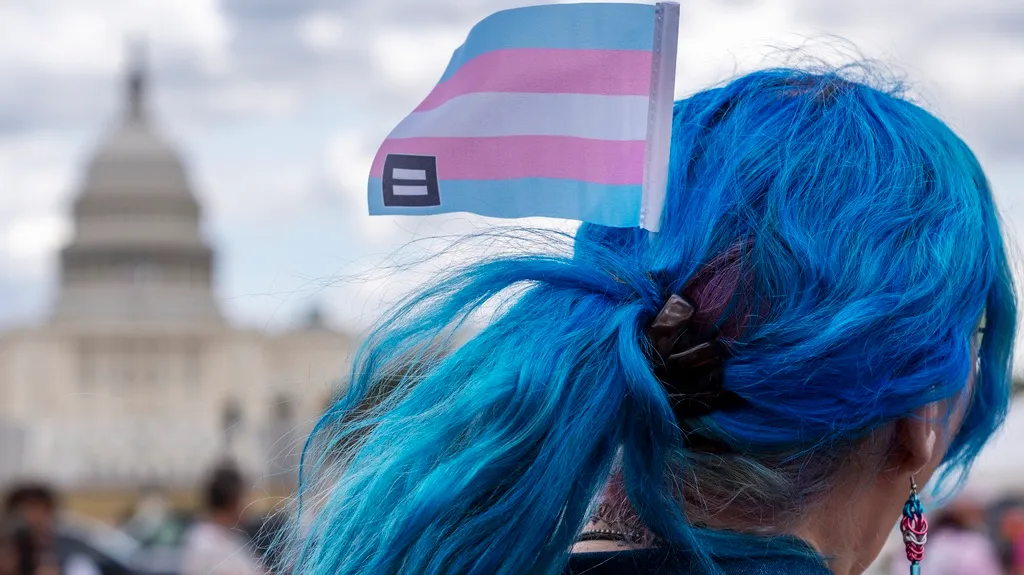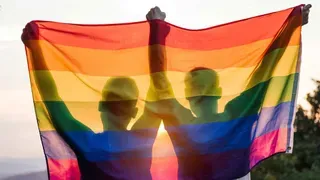February 22, 2015
Study Finds Correlation Between LGBT Rights and Quality of Life
Kilian Melloy READ TIME: 2 MIN.
LGBT Americans living in states without protections are more likely to have a lower quality of life, according to a study released by the Williams Institute.
The report, "The LGBT Divide," was published recently by the institute, a think tank at the University of California-Los Angeles that conducts research on LGBT issues, from family life to economics and health.
"What we wanted to do was take both a regional analysis look at it and state law analysis and see whether the gaps that people were seeing were widening in certain areas of the country," said Amira Hasenbush, a Jim Kepner Law and Policy fellow at the institute. "Some of the findings were unexpected for us."
Using population-based information, the team was able to examine how LGBT people who weren't residing in of the 21 states with protections lived. For those in the South, Midwest, and Mountain states, they were affected both in their home life and at the bank. According to the study, same-sex couples with children were most impacted. The income gap when compared to heterosexual couples is $4,300 in the state with protections. In the 29 unprotected states, the gap is almost triple, at $11,000.
Also, the researchers found that while same-sex couples in the unprotected states were more likely to have children, adoption rates were higher in the protected states. Hasenbush believes this might be the result of LGBT people being in heterosexual relationships and having children before coming out, as well as the emphasis in some regional cultures to have families.
"None of us really expected the differences in the adoption rates that we saw," Hasenbush said.
The study also looks at particular troubles facing LGBT Americans in the three regions not protected. The South has the lowest index score in the country at 55, and the region also has the highest number of new HIV infections among men who have sex with me. In the Midwest, three out of 10 reported not having enough money to buy food. Finally, in the Mountain region, they were more likely than their straight peers to report having an annual income of less than $24,000.
The next step, Hasenbush hopes, is to do more in depth studies of each region, namely health, such as looking at insurance rates and HIV infection rates.
"We put the information out there with the hopes that people will see where the areas of need are," she said, especially the income gap for LGBT parents. "Hopefully people will see those numbers and it'll motivate people to make a change where they can."
Kilian Melloy serves as EDGE Media Network's Associate Arts Editor and Staff Contributor. His professional memberships include the National Lesbian & Gay Journalists Association, the Boston Online Film Critics Association, The Gay and Lesbian Entertainment Critics Association, and the Boston Theater Critics Association's Elliot Norton Awards Committee.






